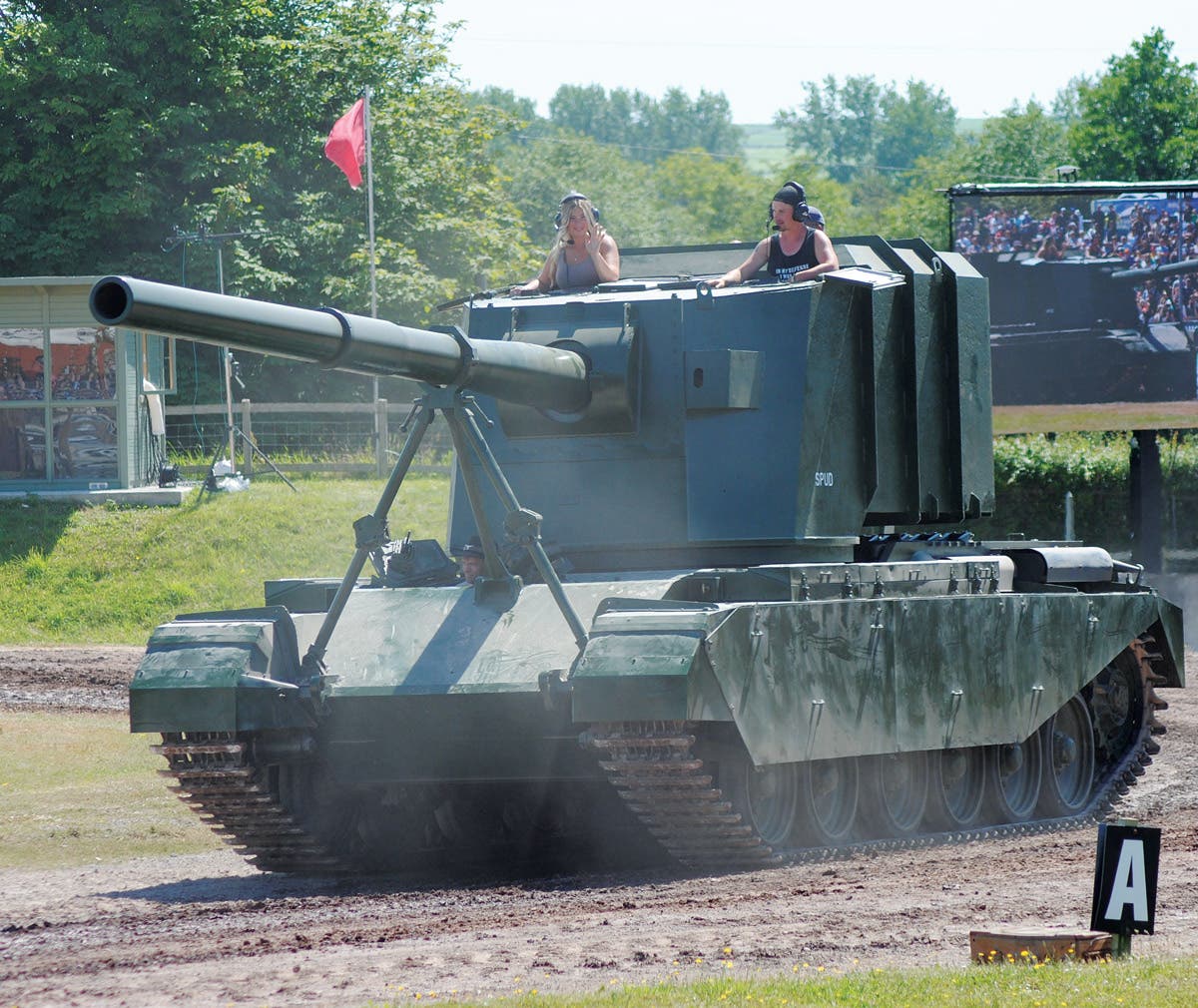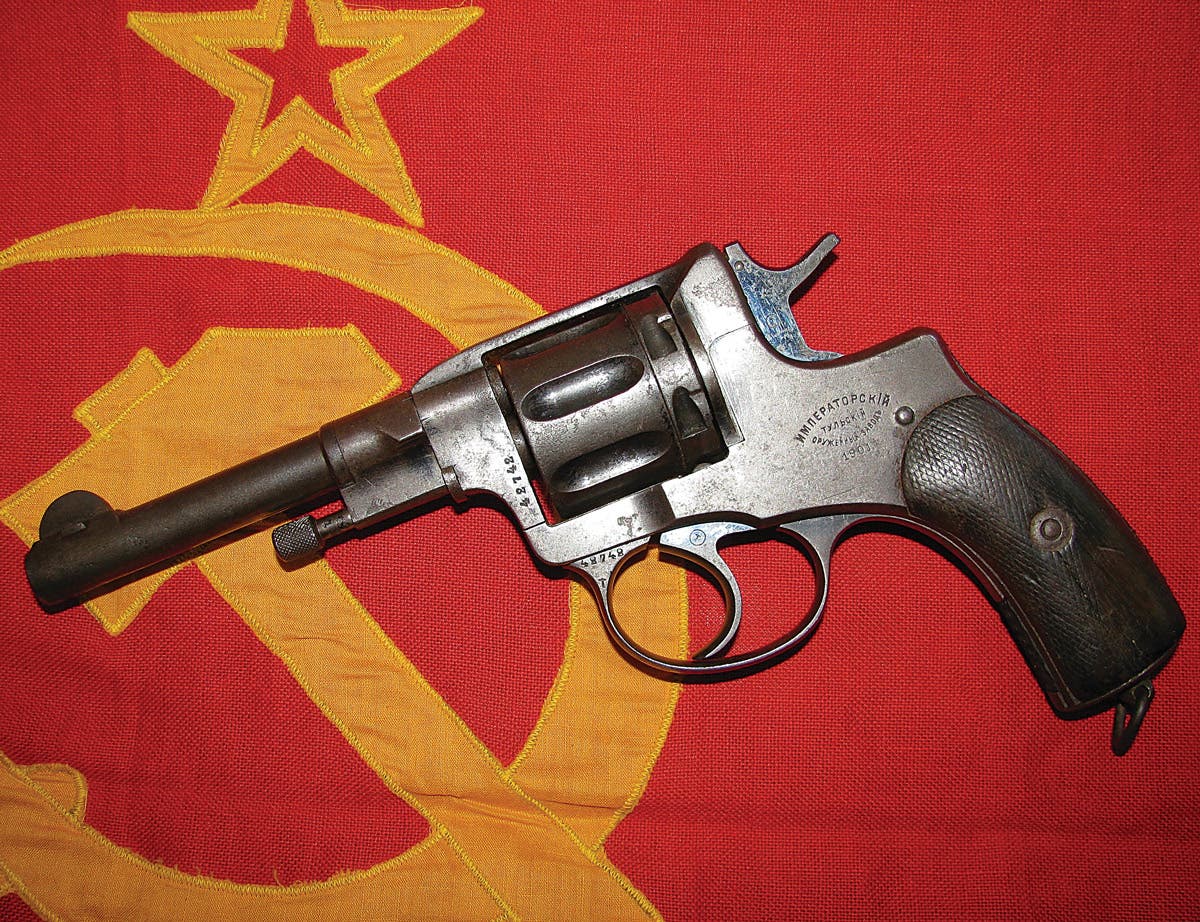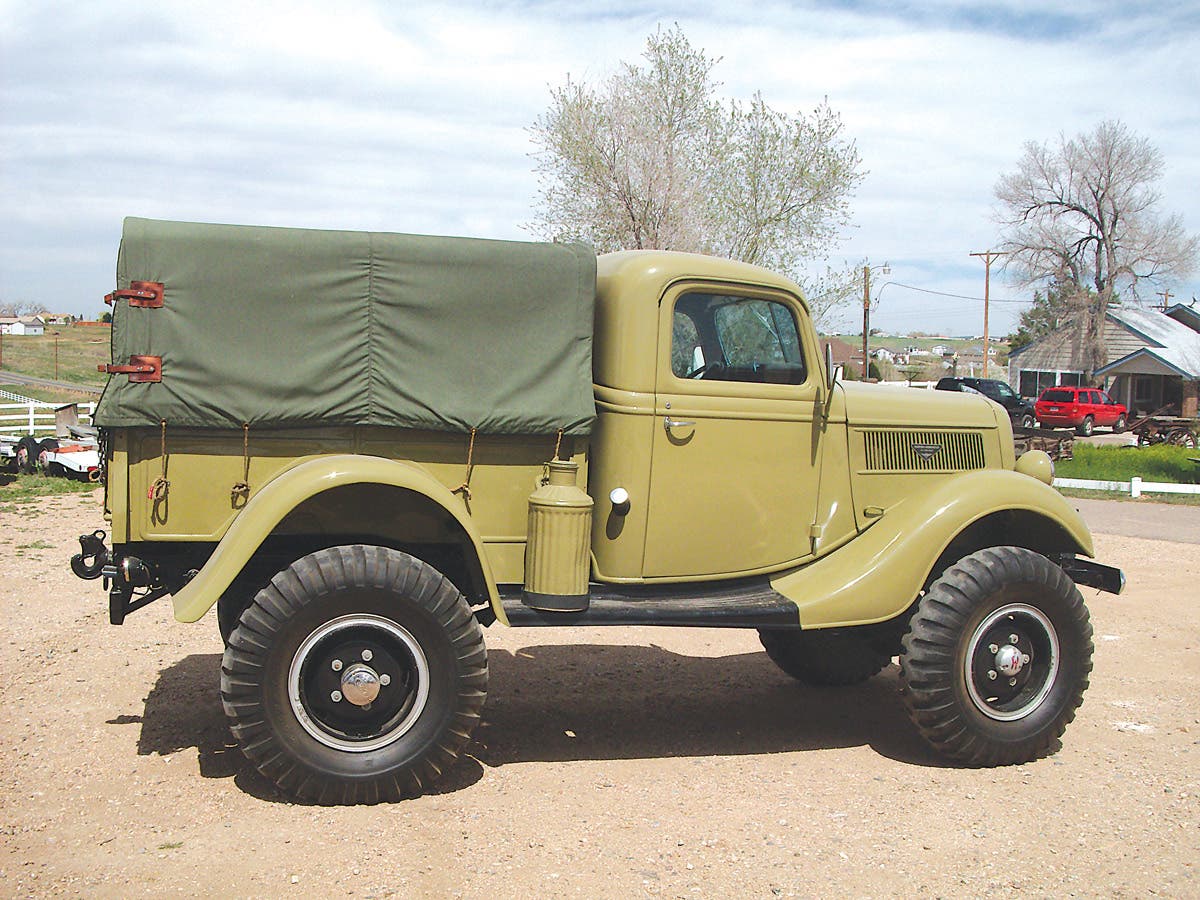A look at the Stoewer R200 radio vehicle
The rare German KfZ 2 vehicle drove into history with the Third Reich.
In 1934, the German army began a re-armament program to reform and re-equip with new weapons and modern equipment. Part of this plan included a series of outline specifications sent to motor manufacturing companies by the Army Ordnance Office (Heereswaffenamt) outlining specifications for a series of replacement vehicles. The document laid out the requirements for the new wheeled designs which would be divided into light, medium and heavy categories, with each type being multi-purpose and having cross-country capabilities.
One of the companies to respond to this request was that of Stoewer-Werke AG, which had been founded in 1896 by the brothers Emil and Bernhard who established the family factory in Stettin (now Szczecin in modern-day Poland) to manufacture sewing machines and bicycles. Even before the outbreak of war in 1914 the company had diversified into the production of motor vehicles and developed a range of commercial vehicles for civilian use. It was fortunate to survive the depression era following Germany’s defeat in WWI and this request for new vehicles was seen as an opportunity to ensure the company’s future.
Stoewer was awarded a military contract to produce vehicles for the German army, and in 1934 it came up with the R180, Type 36, fitted with a four-cylinder 45HP petrol engine of 1769cc and capable of speeds up to 40mph. Known as a Leichter Gelandegangiger Personenkraftwagen (Light Off-road Passenger Car) it fell into the category of light vehicles as specified by the Army Ordnance Office making it part of the program for Leichter Einheits Personenkraftwagen (le.gl.Pkw.) which translates to mean ‘Small Unit Personnel Carrier’. Production of the R180 commenced in 1936 and probably only reached around 800 vehicles by 1938, but its appearance served to attract more attention from the military and would influence the design of later vehicles.
One such design based around the R180 was the R200, Type 38, an unarmoured 4X4 vehicle, which would prove satisfactory for the German army. It was another type in the Leichter Einheits Gelandegangige range, with the basic version proving sufficiently versatile to be configured to serve in four principal roles, with each version being given its own ‘KfZ’or Kraftfahrzeug military title to identify its specific role within the army. Firstly, there was the KfZ 1, a four-seat personnel carrier used for liaison roles. Next was the KfZ 2, known as a ‘Funkkraftwagen’ (radio carrying vehicle) equipped for unit signaling. The KfZ 3 served in the light survey role, as part of the reconnaissance function, and finally the KfZ 4, armed with twin light machine guns, either MG34 or MG42, fitted to a pintle mounting to serve in either the anti-aircraft role or against ground targets.
Production of the Stoewer R200 began in 1936 and was fitted with the company’s own two-litre overhead valve, four-cylinder, water-cooled, gasoline engine with 1997cc to produce 50HP, capable of reaching speeds up to 50mph on roads. The bottom gear was rated at 8.83:1 which allowed it to ‘crawl’ at very low speeds to keep pace with men marching. All wheels had independent coil spring suspension and double-action hydraulic shock absorbers. This 4X4 version remained in production until 1940 when it was changed to a 2X4 design known as the ‘Type 40’.
In 1937 Stoewer was joined by the companies of Hanomag and BMW to support production and by 1940 had built 2,000 and 3,325 respectively. The vehicles produced by BMW were known as Type 325 fitted with a 45bhp engine while those produced by Hanomag were known as Type 20B and fitted with a 50bhp engine. During that same period, by comparison, Stoewer probably only produced some 2,000 R200 vehicles. All versions were fitted with a windscreen which could be folded forward if required and supplied with a canvas roof tilt to provide protection against inclement weather.








